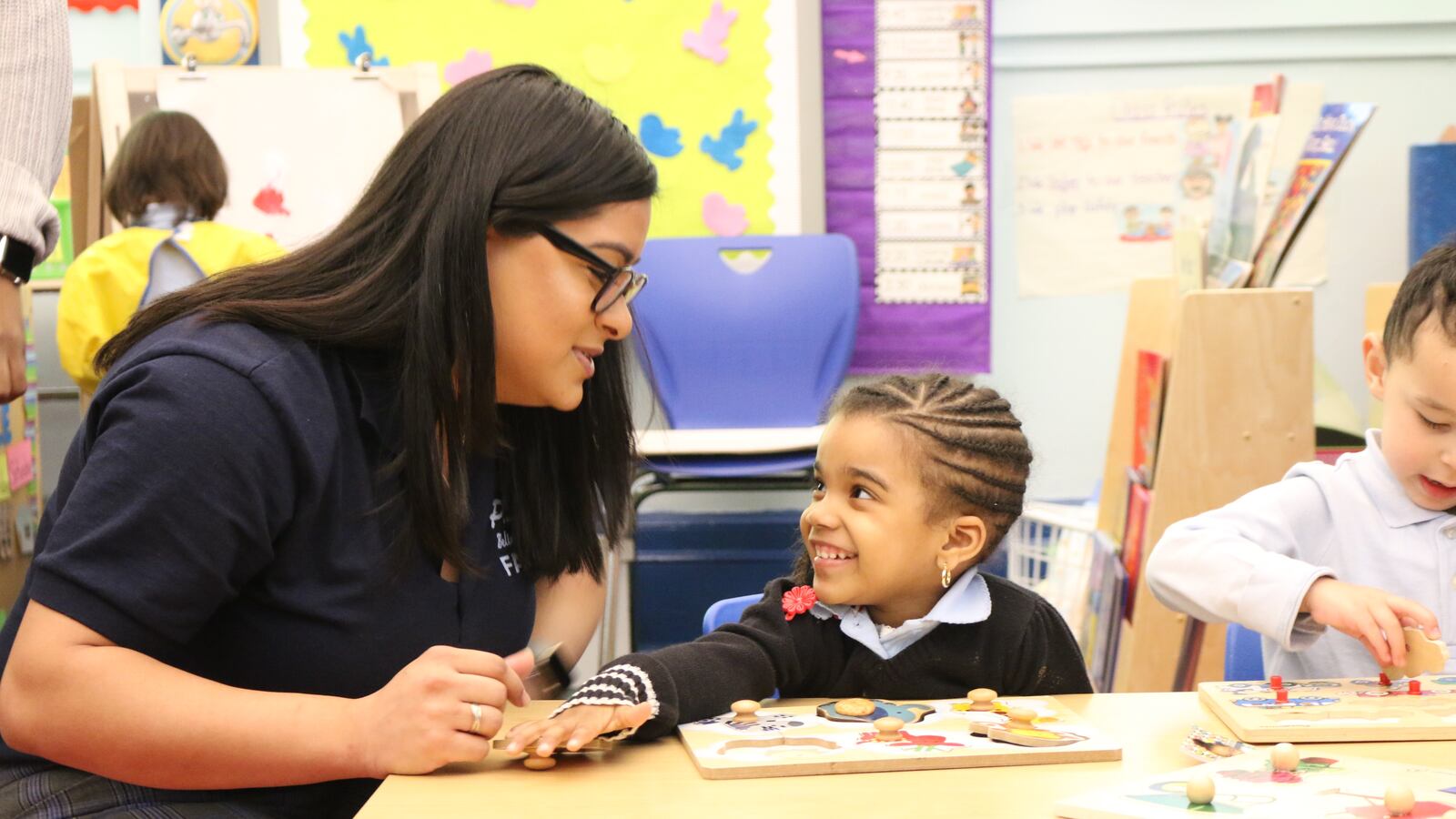Tennessee will dole out $86 million in state funding next school year to maintain more than 900 free preschool classrooms.
The awards, announced Thursday by the State Department of Education, will go to nearly 95 percent of the state’s 146 districts to serve at-risk 4-year-olds, or about 18,320 children. The full list of funding and districts statewide is here for 2018-19 (or you can scroll down to the bottom of this article).
Funding and enrollment for the program — known as the Tennessee Voluntary Pre-K — has been largely stagnant since 2010.
For Tennessee’s largest school district in Memphis, the new investments will mean about $10 million for 112 pre-K classrooms in Shelby County Schools — about $1,000 more than the 2017-18 school year for the same number of classrooms.
This is the second year the awards were granted based on the quality of a district’s pre-K program rather than the quantity of students served. Districts now have to prove to the state that they are using strong curriculum, supporting and training their pre-K teachers, and reaching out to families to support at-home learning.
Education Commissioner Candice McQueen has emphasized pre-K as one of the best tools to achieve the state’s goal of having 75 percent its third-graders reading on grade level by 2025. Currently less than half of its students are there.
“It is important that we set our students up for academic success from day one with high-quality early learning opportunities, especially for those students with the greatest need,” McQueen said in a statement Thursday.
The state will offer districts more support for the 2018-19 school year based on needs in an effort to see quality grow. This could include leadership and teacher trainings and strengthening curriculum implementation, said Chandler Hopper, spokeswoman for the Department of Education.
Tennessee’s public pre-K program launched in 2005 with the goal of helping students from low-income families start kindergarten on an equal footing with their more affluent peers. But a 2015 Vanderbilt University study shocked pre-K advocates with findings that the program’s benefits faded by the second grade. State lawmakers responded in 2016 with a law that, among other things, put the onus on local districts to address some of the findings.
The state department has since worked with educators to select high-caliber curricula and to improve teacher training. However, a national report earlier this month dinged Tennessee for not doing enough to measure quality in its pre-K classrooms.
Here’s the list of districts awarded pre-K classrooms, how many classrooms they will have next school year, and how much state funding they will receive.

